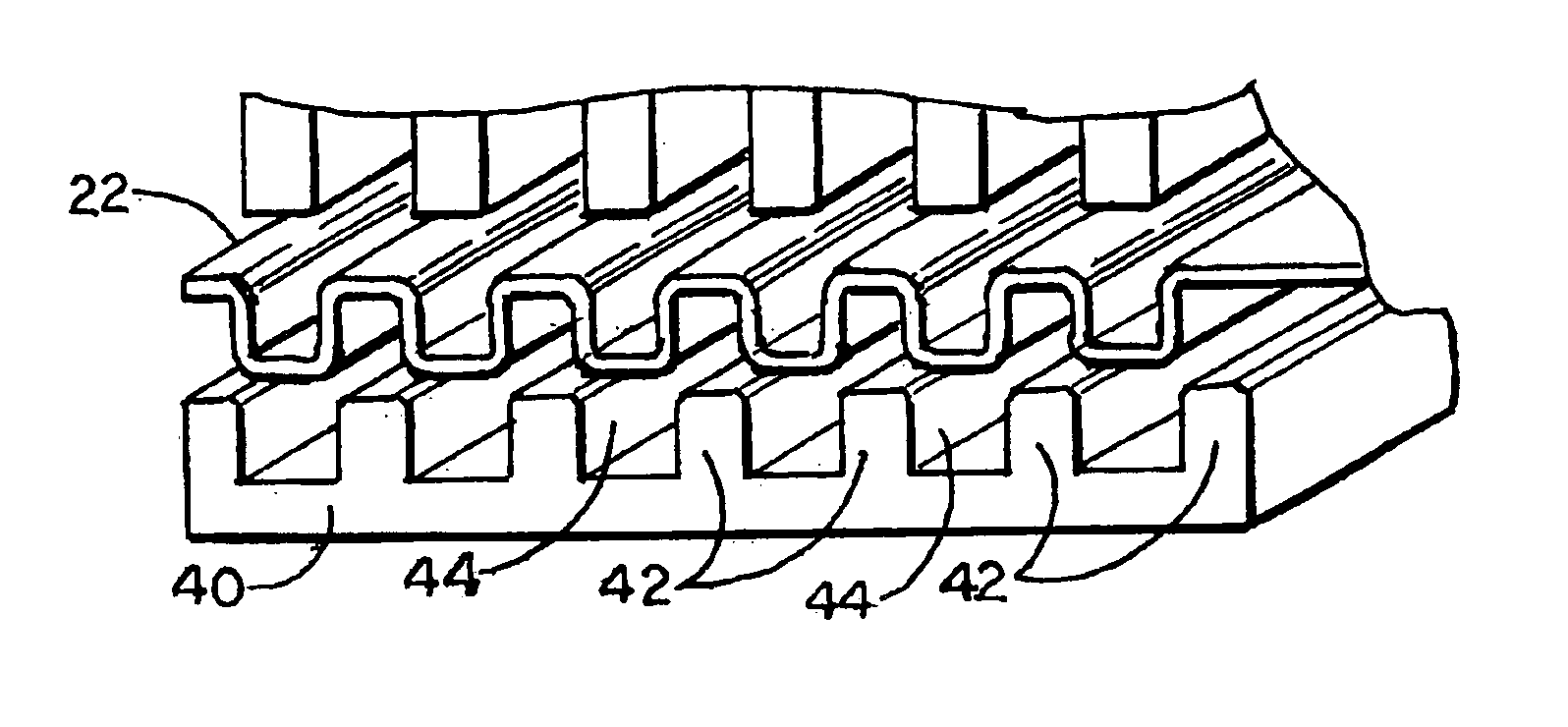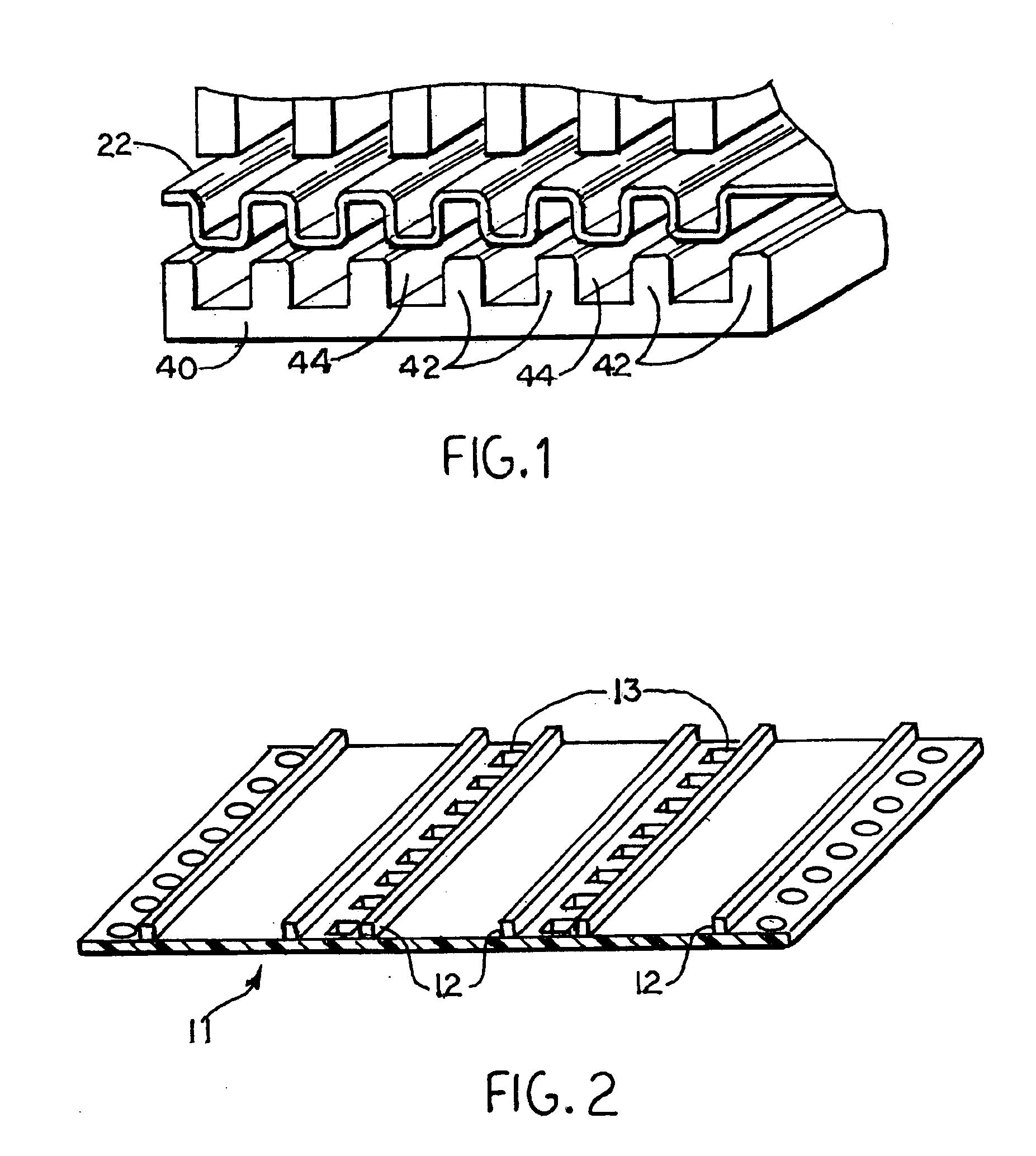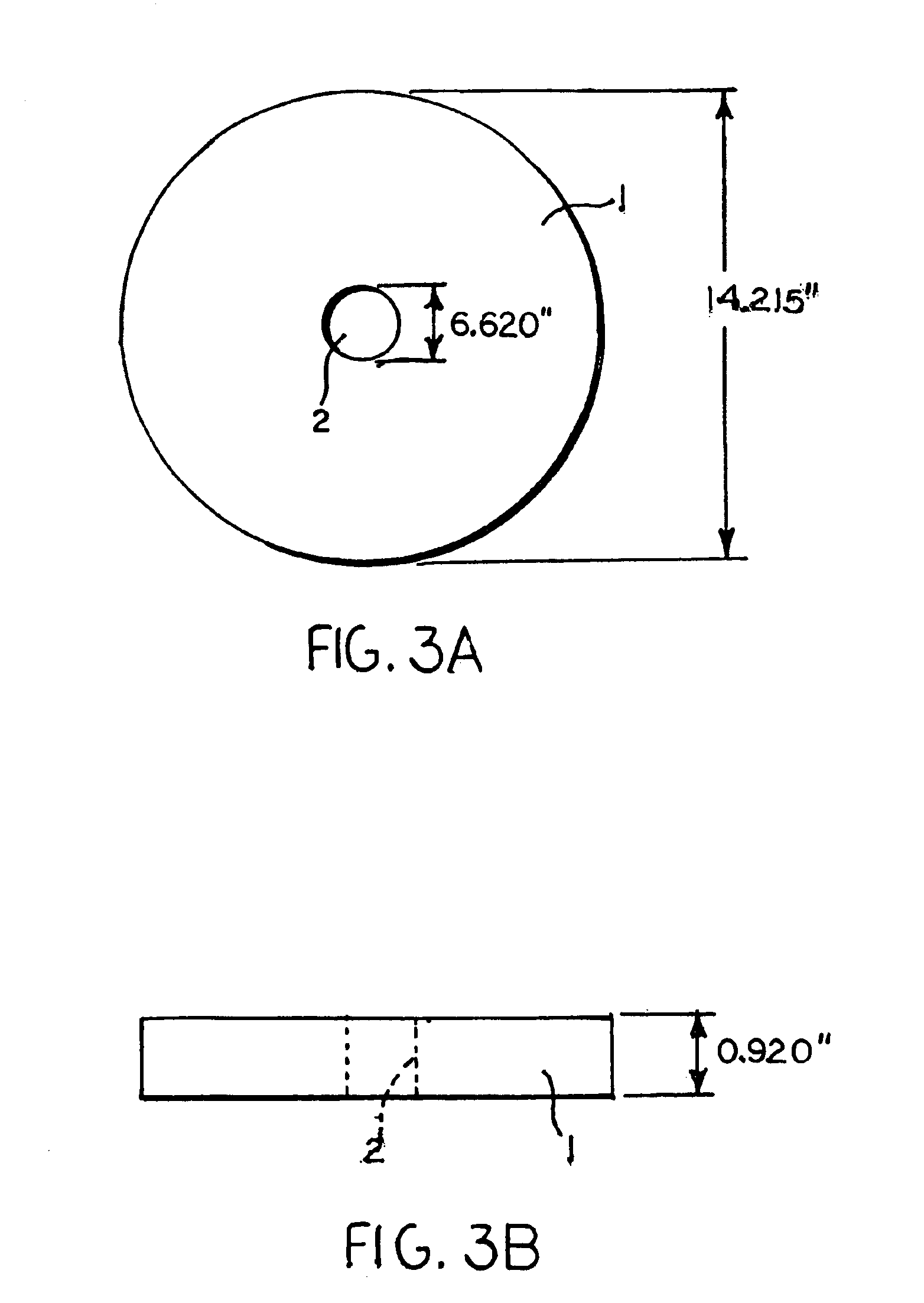Fluidizing oxidation protection systems
- Summary
- Abstract
- Description
- Claims
- Application Information
AI Technical Summary
Benefits of technology
Problems solved by technology
Method used
Image
Examples
working examples
[0048]Continuous-pitch-fiber based, two-dimensional, woven C—C specimens were coated with borophosphate-based slurries. Prior to coating with the slurries, the surfaces of the C—C samples were prepared by dipping them into surfactant, by mechanical abrasion, by exposure to electrical discharge in vacuum (plasma exposure), or by other means to render the surface more receptive and amenable to coating adhesion. After the slurry was applied onto the C—C samples by brushing or dipping, the samples were heated in an inert atmosphere of flowing nitrogen gas in a furnace at a relatively slow heating rate of about 1° C. / minute to a temperature of approximately 300° C. The samples were held at that temperature for about 3-6 hours and then were further heated at about 1° C. / minute to a temperature of approximately 580° C. and held at that temperature for about 3-6 hours. Thereafter, the samples were cooled to room temperature at a rate of about 1° C. / minute. After this annealing procedure, a ...
PUM
| Property | Measurement | Unit |
|---|---|---|
| Temperature | aaaaa | aaaaa |
| Temperature | aaaaa | aaaaa |
| Temperature | aaaaa | aaaaa |
Abstract
Description
Claims
Application Information
 Login to View More
Login to View More - R&D
- Intellectual Property
- Life Sciences
- Materials
- Tech Scout
- Unparalleled Data Quality
- Higher Quality Content
- 60% Fewer Hallucinations
Browse by: Latest US Patents, China's latest patents, Technical Efficacy Thesaurus, Application Domain, Technology Topic, Popular Technical Reports.
© 2025 PatSnap. All rights reserved.Legal|Privacy policy|Modern Slavery Act Transparency Statement|Sitemap|About US| Contact US: help@patsnap.com



